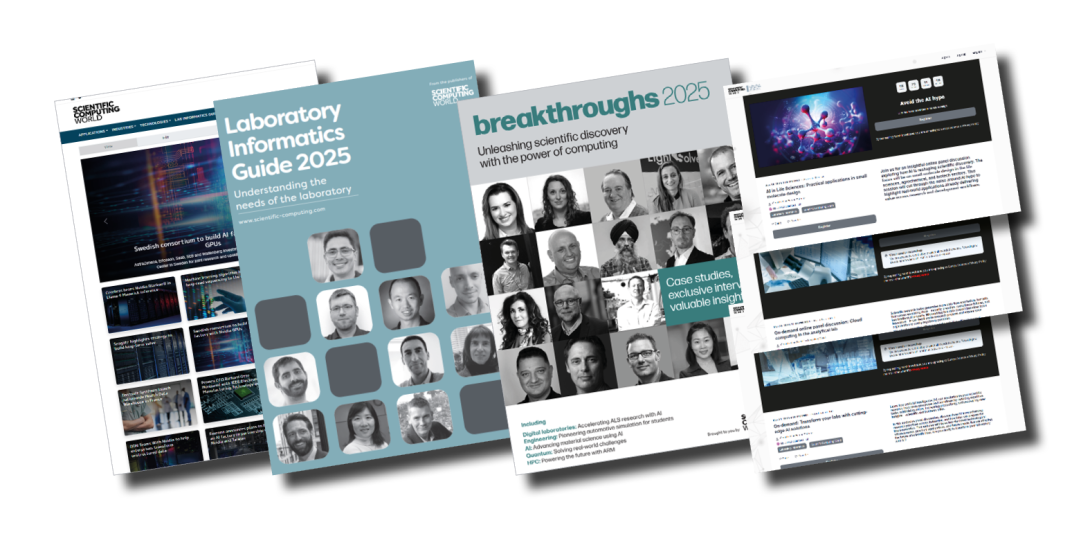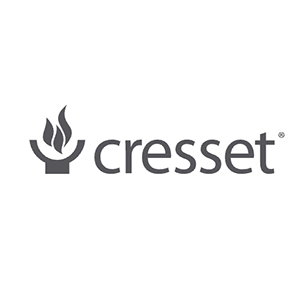AI in drug discovery: why partnerships could hold the key to better biological data analysis

Dr Rob Grundy MBE, Director of Innovation Partnerships at Catalyst
Dr Rob Grundy MBE explains how collaborative approaches to AI implementation could help both large and small organisations overcome traditional drug discovery bottlenecks while avoiding costly technology investments

Register for FREE to keep reading
Join 12,000+ scientists, engineers, and IT professionals driving innovation through informatics, HPC, and simulation with:
- Insights into HPC, AI, lab informatics & data
- Curated content for life sciences, engineering & academia
- Access to Breakthroughs: real-world computing success
- Free reports & panels, including the Lab Informatics Guide
- White Papers & software updates for smarter research
Sign up now
Already a member? Log in here
Your data is protected under our privacy policy.










